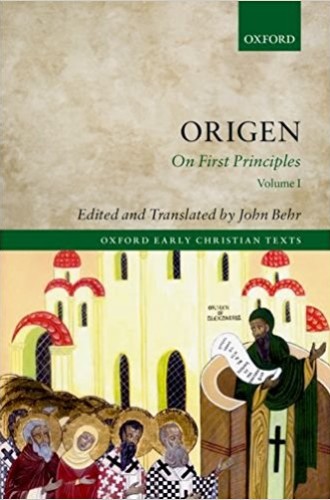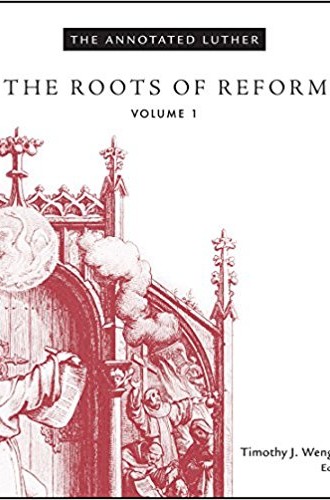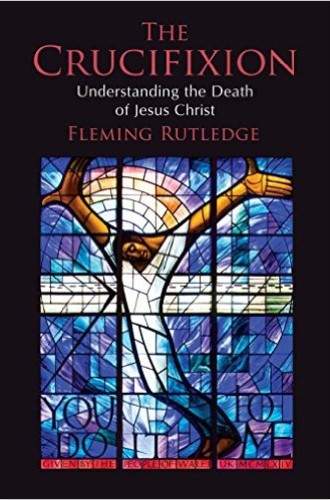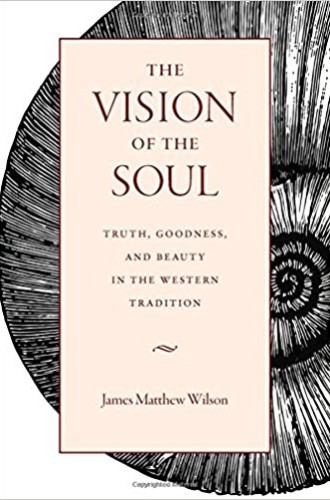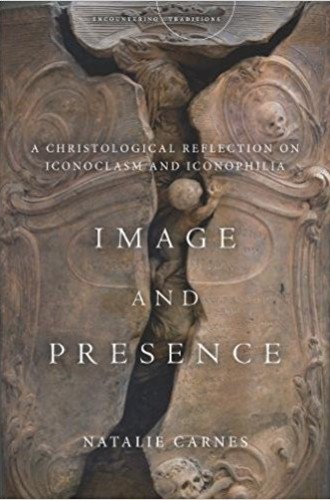Take & read: New books in theology
Theology lives in the space between apocalypticism and Christian Platonism.

Everywhere in theology today, scholars are reaching back into the past and trying to rehabilitate neglected sources. This is the single most notable feature of contemporary theology. John Behr of St. Vladimir’s Seminary in New York has done more than anyone to blaze the trail back to the ancient sources of Christian thought, not only through his widely read series Popular Patristics, but also through his own work as a translator and interpreter of patristic texts. Behr has surpassed other laborers in this field and has now also surpassed his previous work with a magisterial edition of Origen’s On First Principles (Oxford University Press).
The two-volume work features the Latin text and Behr’s translation on facing pages. It also includes a book-length introduction, which is itself a major theological achievement. In his introduction, Behr sets out a provocative new reading of the work’s theology. He reads it in an apocalyptic key, showing how deeply it subverts our usual ways of thinking about the visible and invisible, creator and creation, time and eternity. Thanks to Behr’s unique blend of diligence and free-spiritedness, these volumes bring to life one of the most fearsomely inventive works of theology ever written.
The return to primary sources in theology has focused mainly on patristic texts. But there are also encouraging signs of renewed interest in early Protestant thought. Last year marked the 500th anniversary of the Protestant Reformation. The scholarly world celebrated the occasion with an outpouring of publications; some praised the Reformation, others condemned it, and a very good time was had by all. Many of these new books will prove to be of lasting value. But towering above them all was the completion of the new six-volume edition of The Annotated Luther, edited by Hans Hillerbrand, Kirsi Stjerna, Paul Robinson, Mary Jane Haemig, Euan Cameron, and Timothy Wengert (Fortress).


